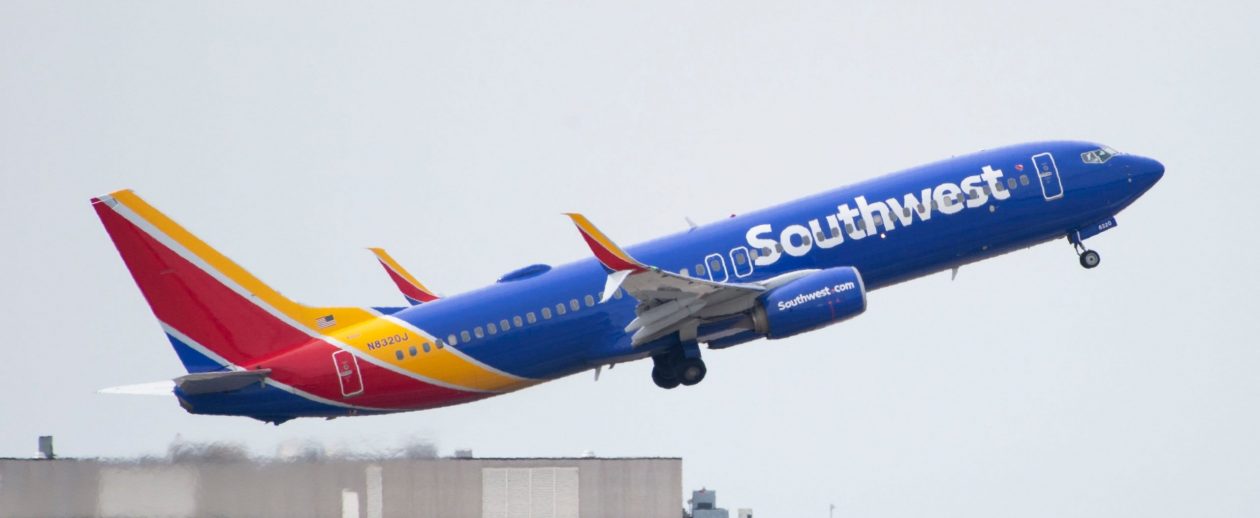Aviation is one of those industries that, on the surface, may seem like all pilots become the same thing and do the same thing as one another. However, aviation is unique in that it has almost endless opportunities within itself. In this post, I will focus primarily on careers as a pilot in aviation, however, there are so many more careers other than being a pilot such as flight attendant, certified mechanic, chief engineer, airplane manager, or dispatcher.
In terms of being a pilot, there are four main categories that many aspiring pilots eventually fall into. These four categories are the airlines (passenger), cargo, charter, or corporate. Each of the four categories has its own unique benefits, along with their own challenges. I am going to dive into each of these to give you a better understanding of what the opportunities are truly like in the aviation industry as a pilot.
The first job and one of the most popular jobs as a pilot is to be a captain at a major airline. This could be anywhere from a domestic Southwest Airlines pilot, to an international United or Delta pilot. The airlines are some of the most competitive to get into, right along side cargo. The pay starts at around $60,000-$80,000 per year, and goes up each year of seniority that a pilot has at that company. By the end of a pilots career at a major airline, they can expect to make between $300,000-$375,000. The schedule for airlines is also a major part of why pilots sometimes do not want to choose the airlines. Often times pilots can be gone for as many as 3 nights, with 1 night home and then gone another few nights.
The second career option as a pilot is to fly for a cargo carrier such as UPS, FedEx, or Prime Air. Cargo pilots earn roughly the same as airline pilots, and typically work overnight flights. Cargo however, offers both domestic routes, and international routes. One of the most popular cargo schedules is 2-weeks on, followed by 2-weeks off. The majority of these schedules go from KLAX (Los Angeles) to PANC (Anchorage Alaska), and then disperse across Asia and into Europe. These pilots and crew members typically spend 1-2 days in each destination.
The third career as a pilot is a charter pilot. Much like an airline pilot, charter pilots fly passengers, that pay to fly privately. The pay for charter pilots is typically much less than an airline or cargo pilot, but still plenty to live comfortably on. The major bonus of a charter pilot, is that your nights spent away from home are very few compared to the other alternatives.
Finally, corporate pilot life. Corporate pilot’s are some of the most envied, however, it is not all good for corporate pilots. A job as a corporate pilot, typically means you work for one, or a small group, of very wealthy people. The pay for corporate pilots is typically very good, and the benefits they get from flying these people around don’t have a price tag on them. In addition to this, the destinations are often very nice places, that very wealthy people want to go to. On the flip side of that, the vast majority of corporate pilots are either on call almost 24/7, when their boss can call them at any point and say “hey we are going to the Bahamas tonight”, or they have rigorous times that they are gone. One corporate pilot that I know, works 45 days on, 45 days off. This can be very hard on family life, or life with a significant other.
The opportunities within each of these four categories are endless, and I could go on for pages and pages about what each of these has to offer. The point of this post was to showcase that not every pilot ends up being an airline pilot, there are hundreds of other unique ways to make a living as a pilot in todays industry.
